Giles Martin has spoken to NME about giving new life to The Beatles‘ iconic ‘Anthology’, ahead of the new episode of the TV series and extra disc of music on the compilation.
The original TV series, Anthology 1, arrived in November 1995, around the same time as an eight-part documentary, and some of the first new music from the band since the death of John Lennon, with Paul McCartney, George Harrison and Ringo Starr working with Jeff Lynne on ‘Real Love’ and ‘Free As A Bird’.
It was followed up by two more albums, aptly named ‘Anthology 2’ and ‘Anthology 3’, which both arrived in 1996. Now, this month sees the release of a new instalment, with the documentary series restored, remastered and set to include a brand new Episode Nine. The re-released series has been remastered and restored by Apple Corps’ production team, along with technicians at Peter Jackson’s Park Road Post in Wellington, New Zealand.
‘The Anthology Music Collection’ – originally curated by the late and legendary George Martin – has also been re-released as three double albums today (Friday November 21), remastered by his son and longtime Beatles collaborator Giles Martin. This will include a new ‘Anthology 4’, with 13 previously-unreleased demos and session recordings, as well as new mixes of ‘Free As A Bird’ and ‘Real Love’.
Asked what to expect from the restored episodes, Martin told NME that the audio-visual quality has vastly improved, and you get a real sense of togetherness from The Beatles.
“The episodes first came out in the ‘90s in the days of things being shot on video,” explained. “Peter Jackson’s team can restore everything. It’s amazing with the benefit of hindsight. In the years before ‘Anthology’ first came out, no one was talking about The Beatles in that whole chasm of time. Since then, that triggered a plethora of stuff.
“My dad brought me in on it, but even he was telling me back then that he hadn’t worked on anything to do with The Beatles since 1970.”
Martin explained how using the new technology in making the epic 2021 docu-series Get Back, he’d been able to restore and remix a wealth of Beatles live material.
“It sounds great,” he said. “The difference with Shea Stadium and the Washington concert is incredible. People heard a bit of that in The Beatles ‘64, that Scorsese film I did. I was doing mixes, but I wasn’t sure what they were for. Now it’s certainly listenable. It’s funny how if you listen to Shea Stadium, what was released was really rough. There were no drums, and now we can restore that.
“I always believe that you can bring people back to the place they were, or the place they never were. You can get people close to the action using technology, and that’s the whole point. All of what we do is about revealing the humanity.”
 The Beatles during a photo session, St Pancras Old Church gardens, London, 28 July 1968. Jeremy Neech for Apple Corps
The Beatles during a photo session, St Pancras Old Church gardens, London, 28 July 1968. Jeremy Neech for Apple Corps
Check out our full interview with Martin below, where he also told NME about recreating the feeling of being in the room with the Fab Four, the true power and limits of AI, his work on Sam Mendes’ hotly-anticipated Beatles biopics, and how much is really left in the vault.
NME: Hello Giles. What can you tell us about what we learn about The Beatles from this new run at ‘Anthology’?
Giles Martin: “I was just listening to the ‘Anthology’ takes before this interview to do some revision. What’s great about this whole process – the album, the TV series, the music – is that it reveals how human it was and they were. It was four mates. More so now, you realise in this world of process that we live in with marketing, TikTok, re-imagination, teams of songwriters and the music industry being this behemoth of mediocre repetition of things to try and burst through this waterfall that was once a stream – The Beatles just basically came up with stuff, sang it, recorded it and released it. There was so much scale around it, but that’s all it was essentially.
“The stuff I curated and mixed made me realise that: it’s just four of them in a room. That’s what the ‘Anthology’ is all about.”
 The Beatles, 1969. Credit: Press/Apple Corps
The Beatles, 1969. Credit: Press/Apple Corps
The new Episode Nine features a lot of unseen footage from the surviving members getting back together to record in the ’90s. What struck you about it when you first saw it?
“What’s changed is the editorial viewpoint of The Beatles since then. I noticed this with my dad. When I was growing up, ‘Beatles’ was like a really rude word in our house. It was what he did then, not now, and he didn’t want to talk about it a lot. Of course, when he got older, he obviously did talk about it a lot.
“With Paul and Ringo and the estates, they do realise it’s probably the best thing they’ve ever done in their lives. Paul McCartney, the most ambitious man and probably one of the most talented men I’ve ever met – well, one of the most talented men on the planet – even he would admit that the best songs he’s written were with The Beatles, and the best band he was ever in was The Beatles. In those days [the ‘90s], they perhaps weren’t at that stage yet.
“I think George would have got there. Now, all of this unseen footage has come out through the difference of opinion. It’s always fascinating for Beatles fans to see unseen footage.”
What comes across in Episode Nine more than the others?
“You’d have to talk to Peter Jackson, but it just rounds things up. In working on this project, I’ve seen different Beatles to the ones I know now – especially with Paul and Ringo. They’re very nervous to talk about things, but ‘Anthology 9’ is warmer in that respect. They were so competitive, and they’re so much more generous now. You get more of a glimpse of what it was really like to be in The Beatles in the late ‘90s.”
Does it maintain that strange sense of brotherhood, that they’re all still together?
“Of course, because all of the families are involved. Sean [Ono Lennon, producer] is really bright and does a really good job without being too biased. My dad used to say, ‘When you look at a wedding photograph, the first person you look for is yourself’. It’s true, we all do that and you have to be aware of that. It’s harder with John and George because they’re not around. But at the same time, now Paul and Ringo are more eloquent in speaking about them than they used to be. It’s more representative.
“Even doing the string arrangement for ‘Now And Then’, I remember being in LA and Paul was like, ‘Can we hear more of George’s guitar part because this is the kind of thing he wanted?’ It’s changed, and what really comes across in ‘Anthology 9’ is that they just really miss their mates. There’s a lot more heart.”
And to the new disc of music, ‘Anthology 4’. What holds these 13 tracks together and what drew you to them?
“I’m not really a ‘Beatles nut’ – I try and look at it more as a music fan. What I try and do provide people with a sense of what it would have been like to be there on the day, to be in the sessions. Personally, I like hearing the conversations and going between that and singing. That’s really important to see the process and raw talent. The closer we get to that talent, the more we appreciate it.
“Even when they’re bad, they’re good – they’re laughing about it. You hear the relationships and the fragility. I just listened to take one of ‘In My Life’ and it’s so beautiful. There’s something about the immediacy of a demo or a live performance. I don’t try to mix it too posh – I just want it to sound as immediate as possible.”
 The Beatles, 1965. Credit: Press/Apple Corps
The Beatles, 1965. Credit: Press/Apple Corps
Is there anything you’d like to see done with The Beatles’ catalogue that hasn’t been done yet?
“I always get requests to mix ‘Rubber Soul’. People always want to get closer and closer to things that they can’t get close to. I try to get people as close as I can. I’m always very wary of just dishing stuff out. I listened to ‘Anthology 4’ and I really enjoyed it. I’m not a salesperson, I’m an artist. I thought ‘Now And Then’ was very poignant. I played the video to my sister and she started crying. That’s the point. How much heart can you put into it, rather than just making ashtrays out of The Beatles?
“There are things people want. People want all 27 minutes of ‘Helter Skelter’. I remember looking at mixing the Hollywood Bowl performance when my dad was still alive and he said, ‘My god, why would you do that?’”
Speaking of ‘Now And Then’, it seems as if the role of AI in bringing that song to the surface was greatly misunderstood…
“That’s because Paul said, ‘We’ve done an AI Beatles track’. No we didn’t! We laughed about it afterwards. In the case of that, I did a video of me eating a piece of cake to demonstrate the difference between restorative AI and constructive AI. Get Back and ‘Revolver’ used the same process. It was purely about removing elements and cleaning up others. I’m not mis-synthesizing anything, but I’m amazed what we can do. There are times when at first you can hardly hear Ringo’s drums, then I can get a kick drum out of it. It sounds more like someone banging on a wall next door, but you’re just raking the surface soil over to find what’s underneath.
“You have to be careful with stuff like this. All that digital restoration stuff that happened in the ‘80s and ‘90s sounded terrible to me. Hiss is good, noise is good.”
Is there anything else from The Beatles’ past you’d like to unlock with AI?
“It’s weird when things get found by people. There will be experiences in the future where you take their live performances and make them multidimensional. I’m not talking about doing an ABBA [Voyage, hologram] show, but you could take things on tape and make them sound ‘in your face’. That’s what I was trying to do in the Ron Howard film, but I didn’t have the technology. Ultimately, I would like to know what it was like to be at a Beatles concert – but of course a Beatles concert probably would have sounded terrible anyway.
“When I was doing ‘Anthology’ and the Washington Coliseum, I can isolate his voice. That’s weird, because no one could solo his voice. I think that’s quite clear.
“Yoko once said to me, ‘The thing about John is he’s just a voice now’. I remember when my dad died and then he was just a voice. If you can get people to live through that, that’s what they would have wanted – to be able to touch people.”
 The Beatles, 1966. Credit: Press/Apple Corps
The Beatles, 1966. Credit: Press/Apple Corps
Beyond this, is there much left in the vault for fans?
“Very little. I think we’ve done most of it; that’s the answer. Reissuing ‘Anthology’ is probably a good sign. It’s been 50-60 years, and yet still people want more. I tell them, ‘Go and listen to the albums’.”
And to Sam Mendes’ upcoming Beatles biopics. Having studied the band in as much depth as you have, what advice would you give to the actors to help capture their true essence?
“I’m working with the actors and they’re doing a really good job, that’s all I can say. The scripts are really good and brave, as opposed to being anodyne. I’m on day two of shooting right now. They’re all really good actors so I wouldn’t advise them, but I give them nuances and share things I’ve heard.”
We asked Zak Starkey the same question about Barry Keoghan playing his dad Ringo. He told him to buy a big rubber nose…
“That sounds like a Starkey comment! A snarcy Starkey.”
‘The Anthology Music Collection’ 2025 edition is out now. The new cut of The Anthology TV series with the extra episode will be available to stream exclusively on Disney+ from Wednesday November 26.


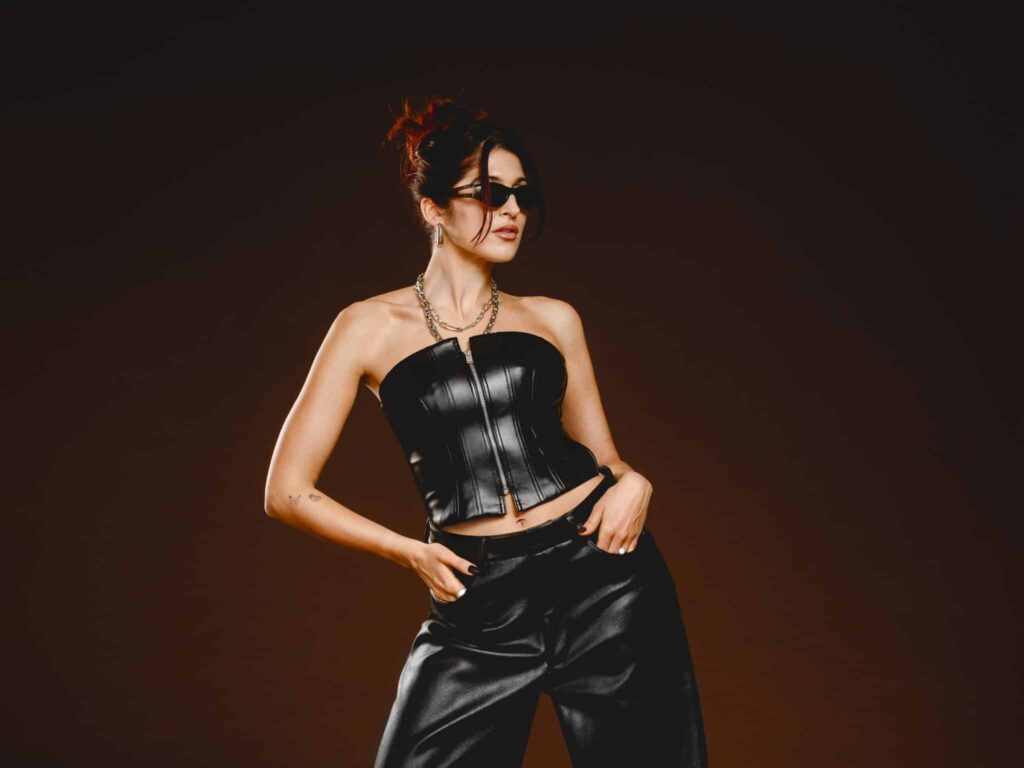
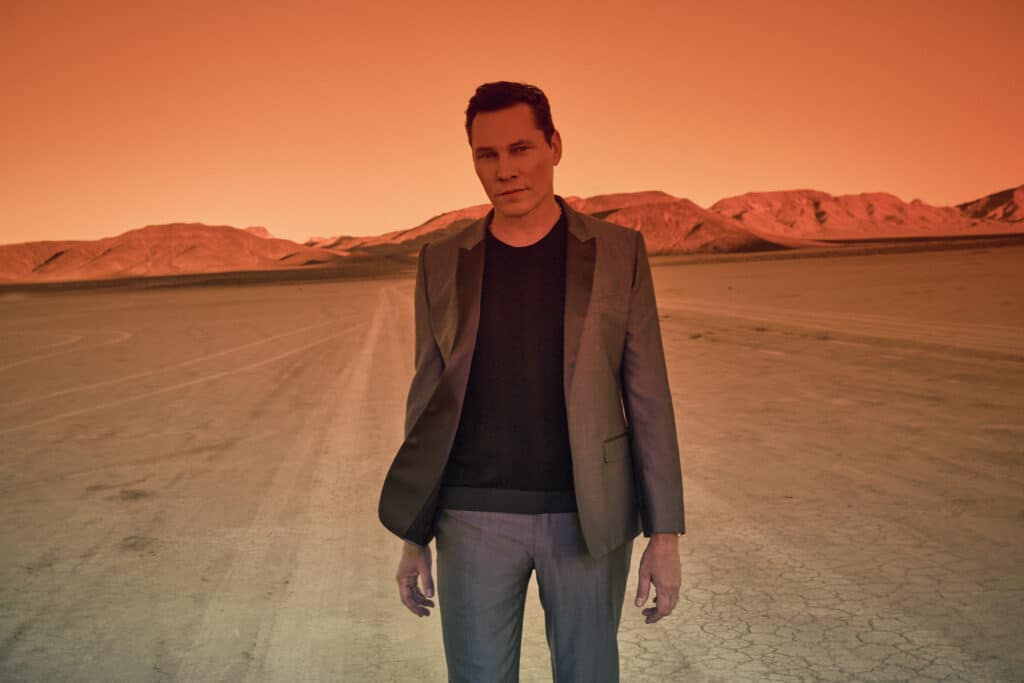
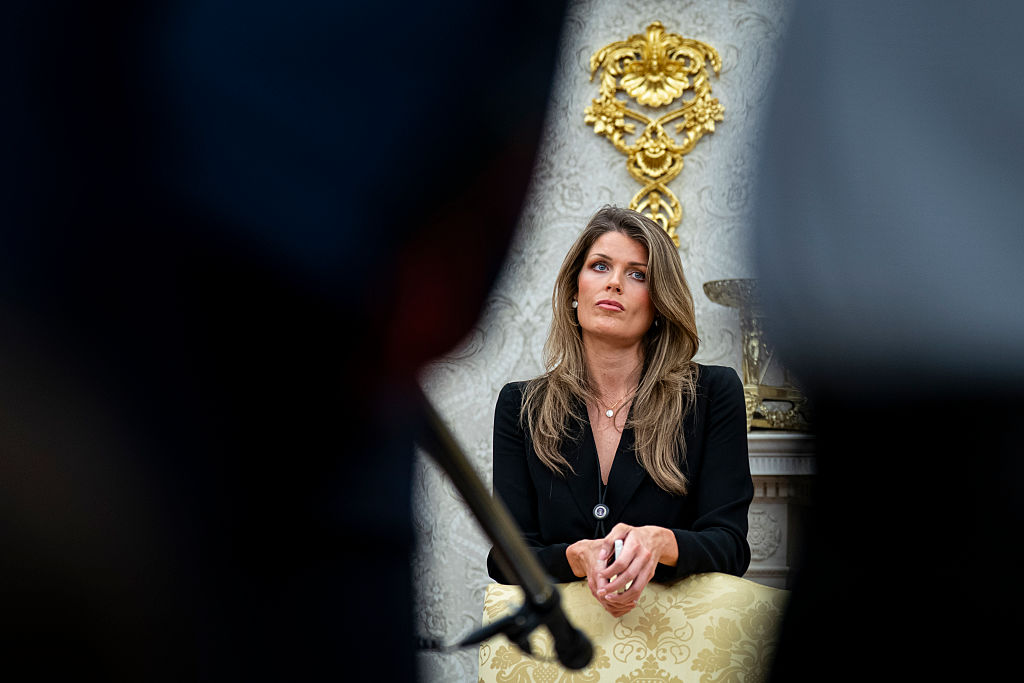
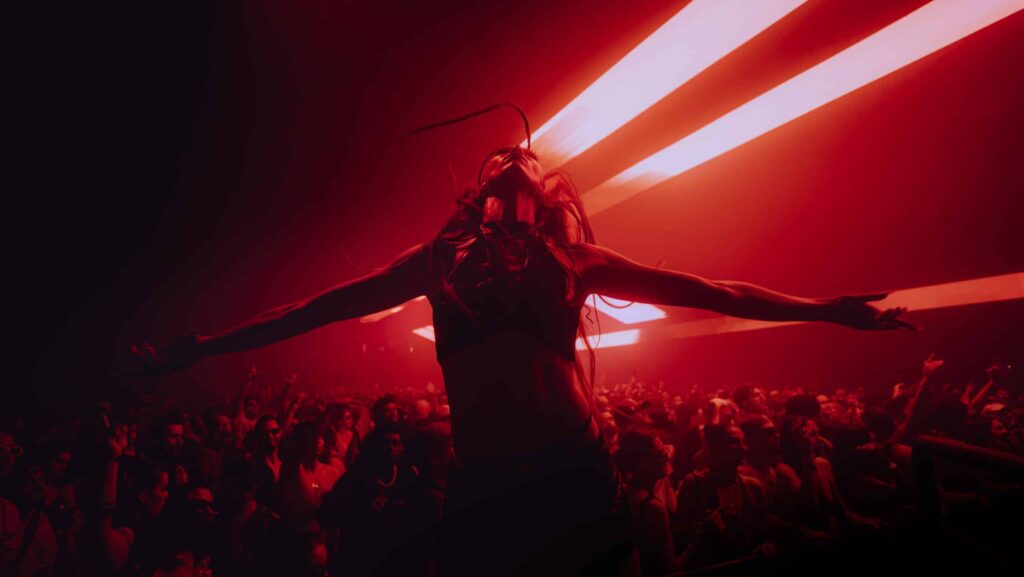


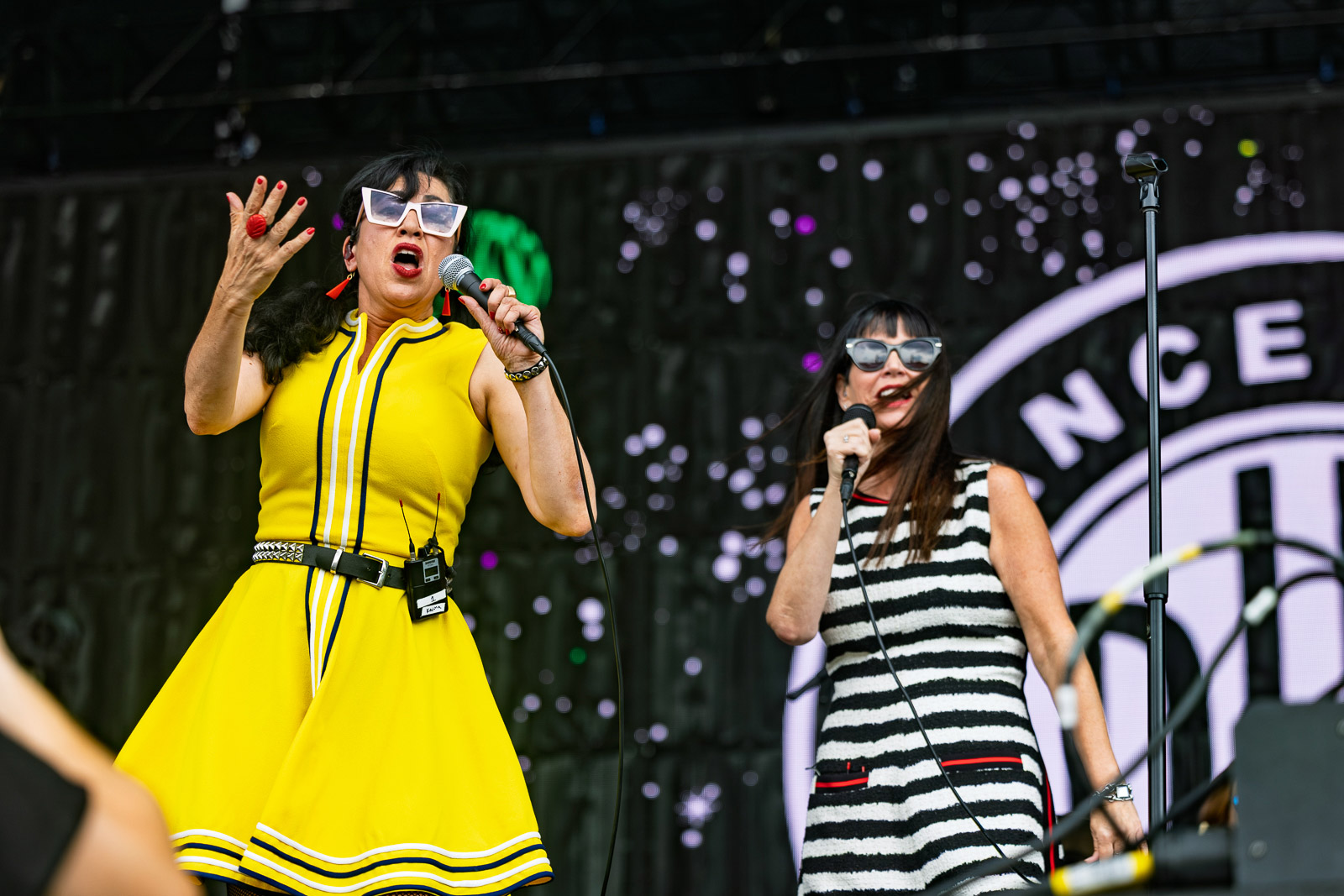
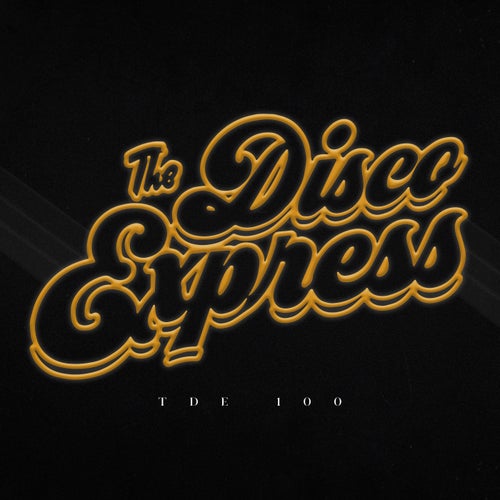


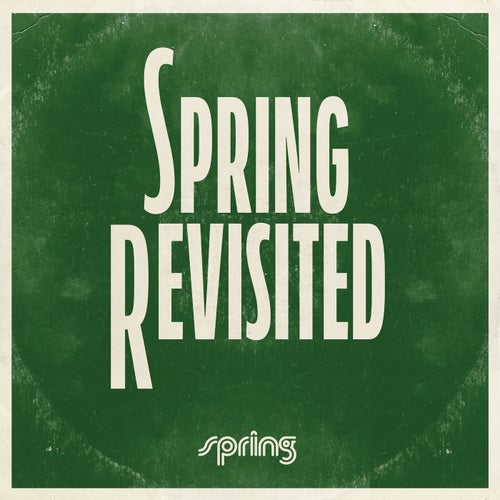






 English (US) ·
English (US) ·